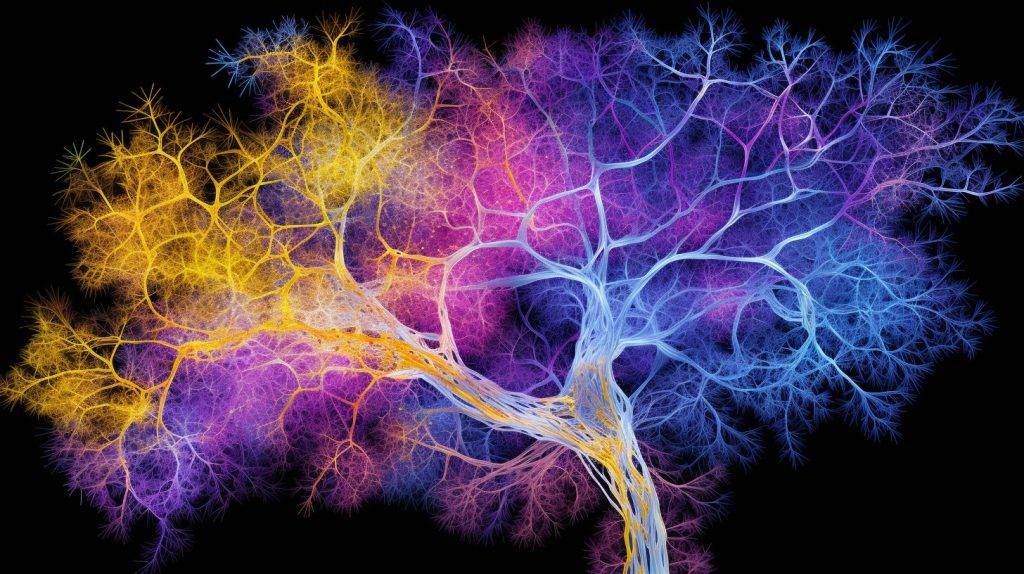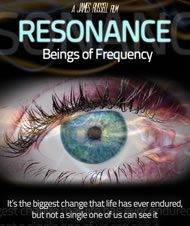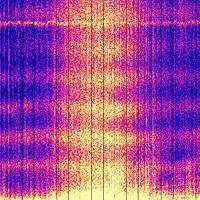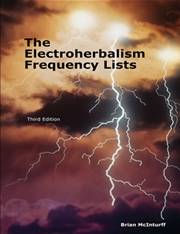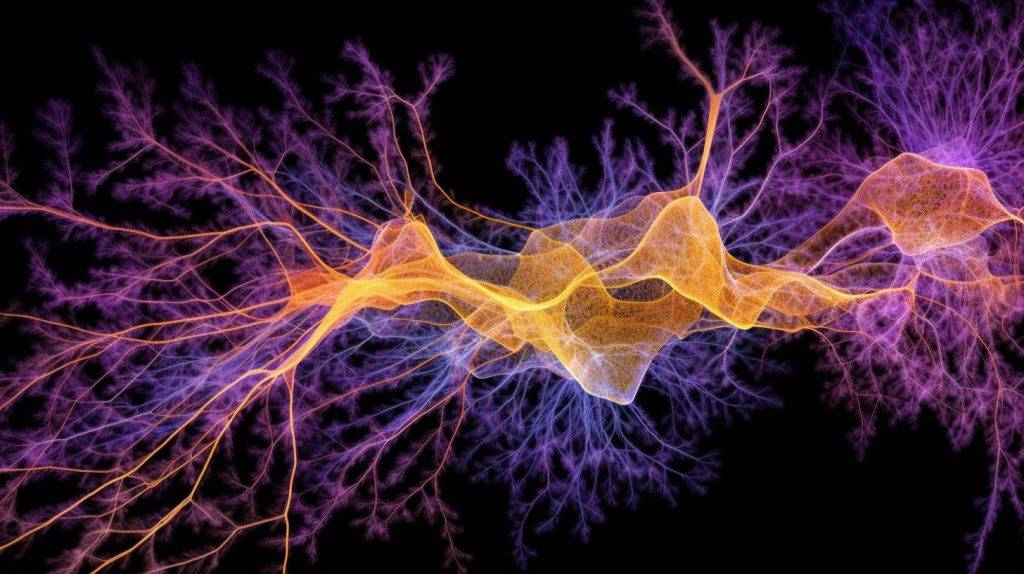
The human brain, a marvel of biology and evolution, has always been a subject of intrigue and research. Its intricate networks, comprising billions of neurons, are responsible for our thoughts, emotions, memories, and behaviors. Yet, despite its complexity, the brain remains vulnerable to various disorders, one of the most debilitating being Alzheimer’s disease.
Alzheimer’s disease, a progressive neurodegenerative condition, affects millions worldwide. Characterized by memory loss, cognitive decline, and behavioral changes, it not only impacts the individuals diagnosed but also their families and caregivers. The quest for effective treatments and interventions has been ongoing for decades. While traditional methods have provided some relief, they often come with side effects and are not curative. This has led researchers to explore alternative and complementary therapies, with sound and light therapy emerging as a promising avenue.
Sound and light therapy, often termed “neuroacoustic therapy,” harnesses specific frequencies to stimulate brain activity. The premise is rooted in the brain’s natural ability to resonate with certain frequencies, potentially leading to therapeutic effects. Recent studies have shown that specific sound and light patterns can synchronize brain waves, enhancing neural connectivity and potentially slowing the progression of Alzheimer’s.
In 2019, a groundbreaking study revealed that using a combination of sound and light therapy could effectively target and reduce Alzheimer’s-related pathologies in mice. This non-invasive approach, which utilized gamma frequencies, showed potential in clearing beta-amyloid plaques, a hallmark of Alzheimer’s disease. The implications of this study were profound, suggesting that a similar approach might benefit human patients.
However, as with all scientific discoveries, replication and further research are crucial. The journey from a promising laboratory finding to a widely accepted therapeutic intervention is long and requires rigorous testing, clinical trials, and peer reviews. This article delves deep into the science behind sound and light therapy, its potential benefits for Alzheimer’s patients, and the latest research findings. Drawing from a wealth of scientific literature and expert opinions, we aim to provide a comprehensive overview of this emerging therapy.
As we navigate through the intricacies of the human brain and the potential of sound and light therapy, we invite readers to approach the topic with an open mind. The intersection of science, technology, and holistic health offers a unique perspective, one that might hold the key to unlocking new treatments for Alzheimer’s disease.


